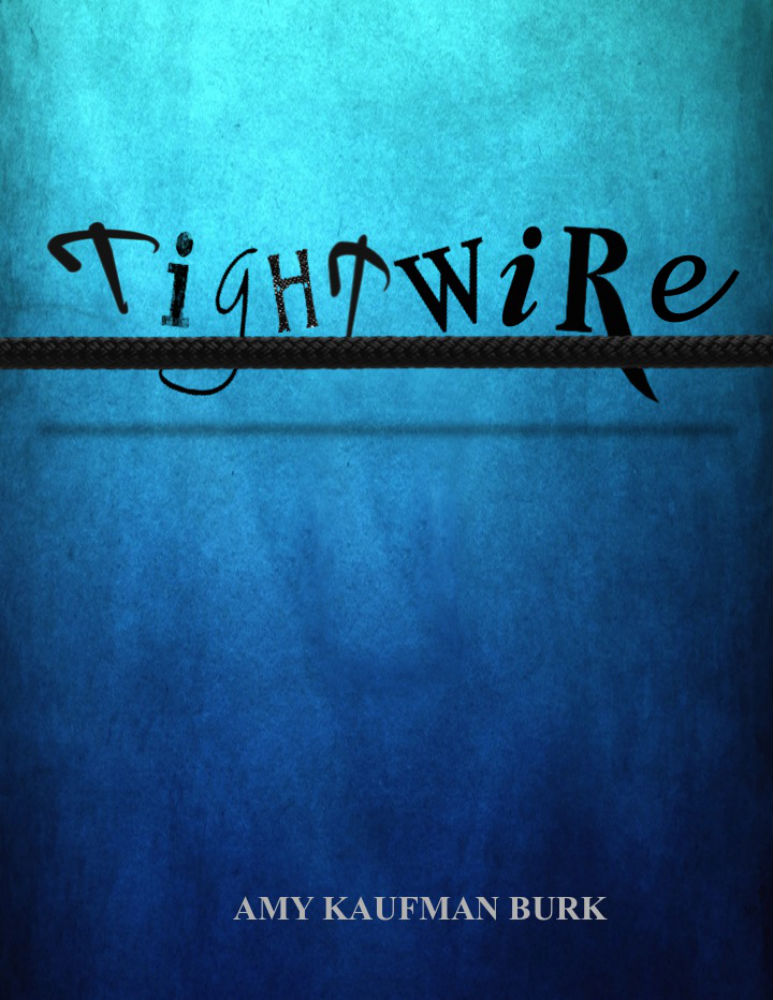In a small town in the Midwest, a ninth grader named “Sally” came out to his parents as transgender. He was born with a body people assumed was female, and with the gender identity of a boy. He was anxious when he told his parents, but they were supportive. They figured it out together, every step of the way. His confidence grew. For the first time, he felt steady, knowing he belonged in his own skin. He liked his name, which was part of his identity, but chose to shorten “Sally” to “Sal.” He felt validated every time he heard “him” or “he” tossed in his direction.
In a rural farming area of South Carolina, a 13-year-old boy named “Lisa” put on a dress to go to school. Lisa knows he’s a boy, but nobody else does. He goes to church every Sunday and prays to wake up in a world where everyone understands his gender and supports him as a boy. He spends every day confused, scared, off balance, hiding his core self. Recently, bullies have targeted him. He dreads going to school, going home, going to church. Nowhere feels safe.
In Maine, an 8th-grade boy named Phil pulls on jeans and his favorite sweatshirt. He’s cisgender and straight. Recently, he grew four inches and isn’t yet comfortable with his new height. It hasn’t crossed his mind to be uncomfortable with his gender identity or his sexuality, and he’s too young to understand his inherent privilege. His best friend since kindergarten, Jeremy, came out as gay last weekend as they sipped soda, watching a movie in Phil’s den. Phil told Jeremy it was “cool,” as they devoured popcorn and hot dogs. Phil asked Jeremy if he told his parents; Jeremy said it was “awkward, but they were okay about it.” Then they talked about a matter of huge import. Phil has a crush on Pamela. Jeremy has a crush on Jon. Miraculously, both were assigned to work on a science project with their secret objects of desire. Neither could muster the courage to talk about anything personal to Pamela and Jon, so now they brainstormed ways to broaden the conversation. Finally, they concluded that was too much, too fast. Maybe, possibly, they could get ice cream together after school, to talk about their science projects. Probably not, but they could dream.
Sal’s biggest worry when he transitioned was losing his friends. But his social group, a mixture of boys and girls, accepted him as the same person they had known since kindergarten. Some other students whispered, but they followed his friends’ example and faster than Sal had hoped, it was no big deal. The teachers and administrators were aware of Sal’s transition, and were ready to protect him if necessary. The only “necessary” turned out to be a handful of alarmed parents, who met with the principal, who calmed them down.
Lisa’s biggest worry…well, he has many big worries. He worries his secret will be discovered. He worries he’ll go to Hell. He worries his parents will hate him. His loneliness is searing. He goes through his day, hiding in plain sight, always afraid.
Phil and Jeremy strategized, and decided to face their challenge together. They debated, brainstormed, and hatched a plan. After school, in a stroke of spectacular luck, the two friends walked out of their last class with their lab partners. Phil (as planned) said to Jeremy, “Wanna get ice cream?” Jeremy (as planned) answered, “Sure.” Then as though the idea just struck, Phil turned to Pamela and Jon and asked, “You guys want some, too?” Everyone agreed. They walked together, talking about their teachers and the morning assembly. Then something amazing happened. It turned out Phil and Pamela both liked chocolate ice cream best, while Jeremy and Jon preferred mint chip. Their bonds were established, and everyone smiled shyly. Phil and Jeremy exchanged incredulous glances. Dreams really can come true.
The gender spectrum is complex, nuanced and layered — just like the spectrum of any aspect of being human. Sal’s parents provided a strong role model for helping their son deal with identity issues — gender or otherwise. They listened as Sal explained his gender and at the same time, they remained sensitive to him as a whole person, responsive to the many facets of his coalescing identity. They were caring, supportive, loving. Jeremy found support from both his family and best friend, which helped him move forward with healthy adolescent development. Lisa, alone and unsupported, will have a much more jagged path.
The Trump Era has catapulted the United States into an un-united state. Many people seem to believe that LGBTQ+ children and adolescents are fundamentally different from cis straight children and adolescents. These people have lost track of the common ground that everyone shares. All kids and adolescents — and I mean ALL — need to feel safe physically and emotionally. They all need acceptance and support. They all need their core selves validated and respected. They all need love.
And let’s keep in mind that some of the finest words in the English language have no specified gender, no particular sexuality — which makes them every gender and every sexuality. Parent. Child. Adolescent. Teacher. Principal. Supporter. Friend.
Ice cream.
*All identifying information in this essay has been changed.


